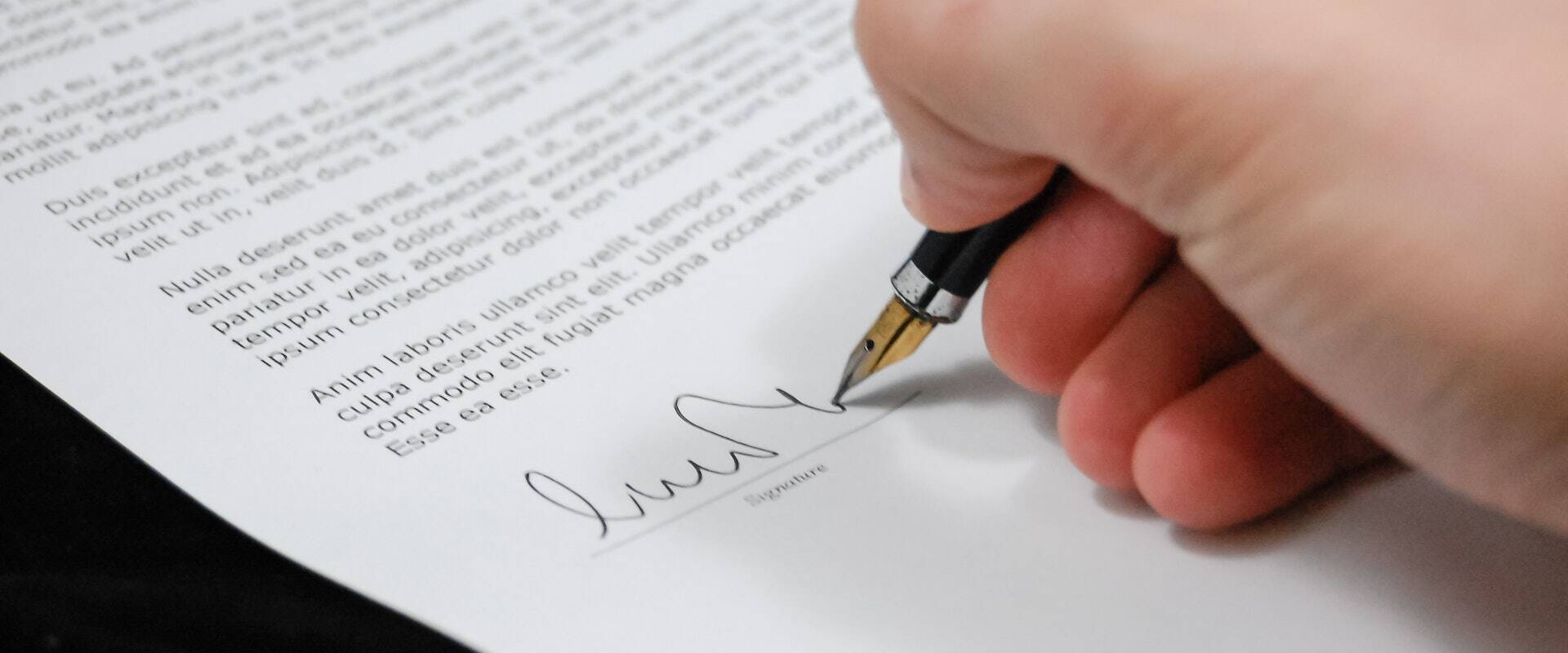Most signatures include fancy letters or cursive writing. However, not everyone wants their signature to include loops and frills; some would rather simply print their name in basic letters when signing a document.
Of course, security and convenience are at the top of most people’s minds when creating a signature. Online signature tools are becoming increasingly popular. These specialized programs allow you to use your printed name as a digital signature while ensuring your document is enforceable and legally binding.
But is a printed signature legally valid when used on paper documents? What makes a signature legal in the first place?
Let’s find out.
What is the Purpose of a Signature?
A signature represents that the signer agrees with a document’s stipulations. Aesthetical aspects of the signature, like whether printed or cursive, don’t affect its validity as long as a link between the document and the signer can be established.
Platforms such as Signaturely help ensure the authenticity of signatures and allow you and your signees to sign your documents electronically—anywhere, anytime.
Can You Print Your Name as a Signature?
No legal requirements indicate whether a signer must use a cursive or printed signature. In fact, a valid signature can be written with characters that aren’t included in the English language alphabet. Some people even use a symbol to sign documents.
However, as previously mentioned, a signature can only be legally binding if a link between the signature and the signee can be established. That’s why most people choose to sign with their legal name according to their government-issued ID, which makes their signature very clear to read and identify.
Types of Legal Signatures
Below are different types of wet and electronic signatures:
Printed signatures are less common than their cursive counterparts. They are created using a basic handwriting style and don’t include fancy lettering. Printed signatures are easy to read, but are also easier to forge than other types of signatures.
Cursive
Cursive is one of the most popular ways of signing documents. Some signatures follow traditional cursive lettering; others are a more stylized version of the conventional form. Here are some inspiring signature ideas.
This form of signing originates from a time when people used cursive handwriting regularly. Although cursive handwriting is falling out of fashion—and despite writing in cursive not being a legal requirement—cursive signatures with large capital letters and stylized flourishes are still popular today.
In fact, some people choose to digitize their cursive signature to use as their electronic signature.
Electronic and Digital
An electronic signature is the digital equivalent of a wet signature. Unlike physical signatures, an electronic signature allows users to sign legally valid documents online without the need for witnesses or bothersome physical papers. Digital signatures are similar but not equivalent to electronic signatures. There are a few key differences between electronic signatures and digital signatures.
Digital signatures are based on Public Key Infrastructure (PKI), which uses complex mathematical algorithms to verify the signer’s identity. PKI is more secure than simple electronic signature systems, which can be easily forged.
On top of this, digital signatures can be used to verify the integrity of the document being signed; this means that any changes made to the document after it has been signed will be immediately apparent. This is not the case with electronic signatures, which cannot be used to verify document integrity.
Finally, digital signatures are generally considered more legally binding than electronic ones, as they provide a higher level of security and authenticity.
FAQs About Printing Signatures
Here are answers to common questions regarding typed signatures:
Technically, anything that marks a document can be a person’s signature. The key is intent; did the person understand the contract and agree to its terms? Unlike wet signatures, signing contracts with electronic signatures can be safer and simpler to enforce since they can easily be traced back to the signee regardless of whether the signature is typed or drawn.
Yes, your typed name can be a valid signature. Any mark can function as a valid signature as long as it can be proven that its owners agree with the contract. This is true for wet signatures, typed signatures, and e-signatures. E-signatures are the safest and most convenient option. Plus, since online signatures capture a timestamp along with the signature image, you can create a digital signature by using your typed name, a drawing of your signature, or a scan of your wet signature.
No, you don’t need to use your whole name when using a wet or an electronic signature. You can use a middle initial, cut your name down to just a couple of letters, or unusually style your signature. You don’t even have to use the English alphabet. Although almost any mark can be used as a signature, most people choose to have their signature resemble their legal name for easier legibility.
Yes, typed signatures can be legally binding as long as the signer’s intention can be proven. Although a typed signature using any symbol can be valid, typed names are usually more practical when identifying the signer. Electronic signatures allow you to sign documents online. Online signature software includes a signature line that captures a timestamp and the typed signature to prove ownership.
What You Need to Remember About Printing Your Name as a Signature
You can use any marking as a signature, including your printed name.
If you want to use a printed name as your signature, the most secure way is to use online signatures. Digital documents with signature lines allow you and your signers to access and sign your document from anywhere while protecting against forgery.
Sign up to Signaturely and send your first signature request for free today.
